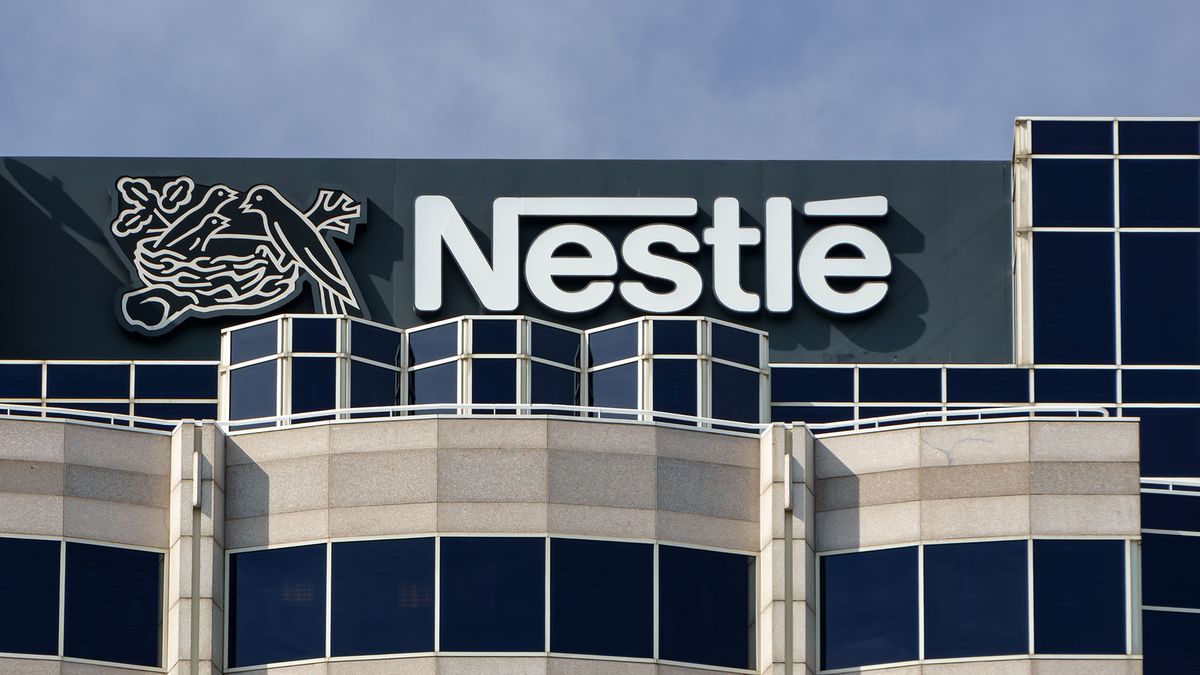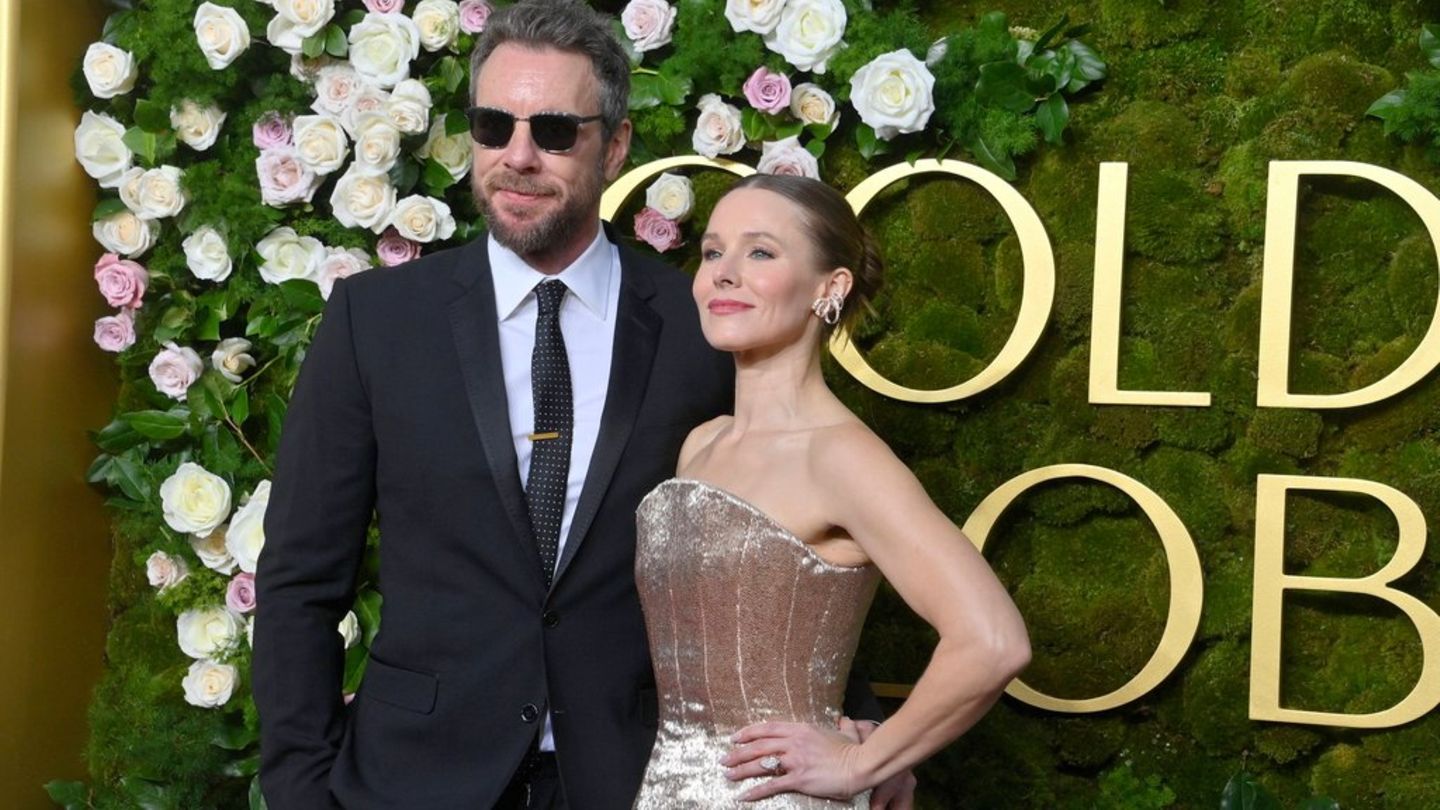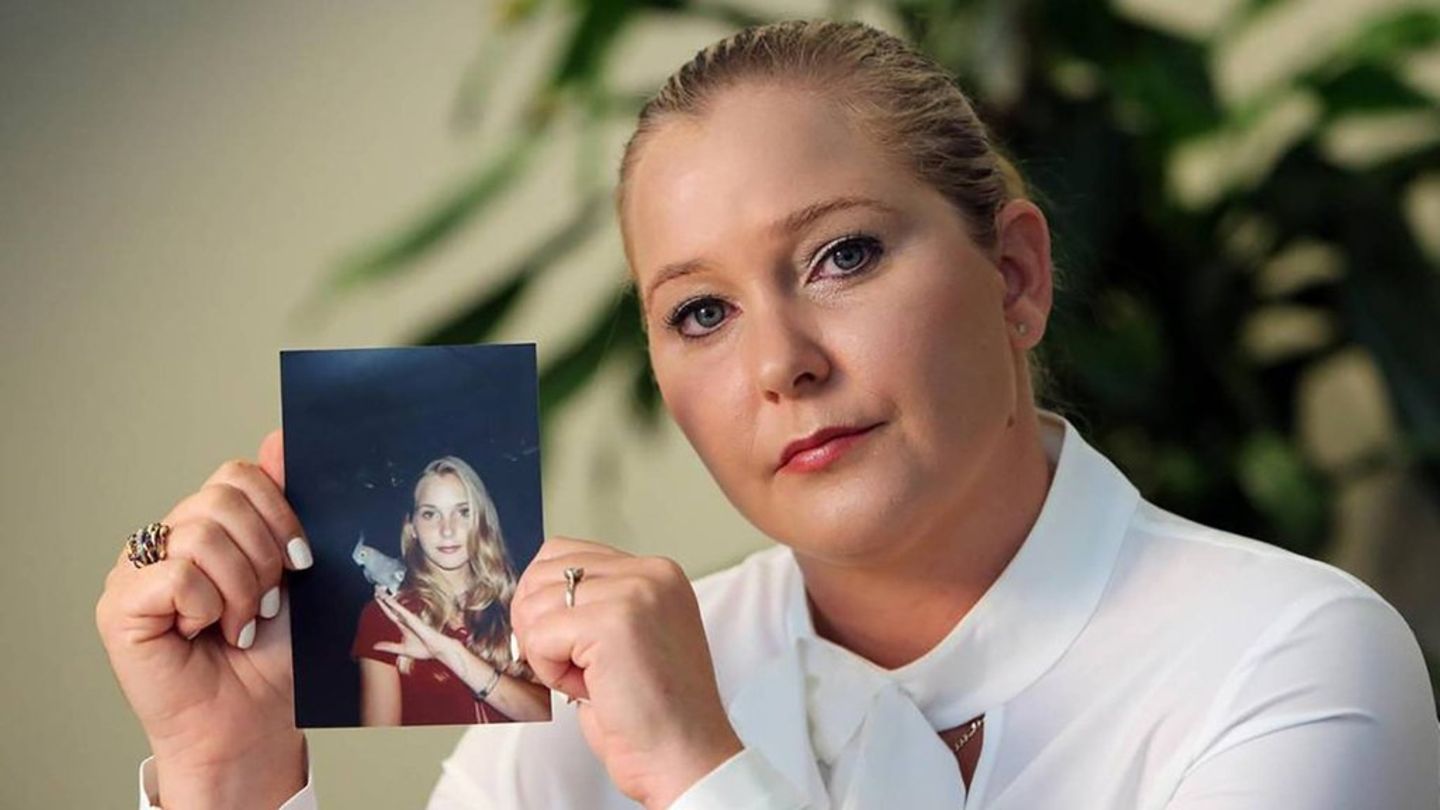The ceremony of coffee was one of the many consumer segments that suffered the impact of the Argentine economic crisis in this year that ends. Added to the drop in people’s income was a sharp rise in coffee prices motivated by increases of up to 100% in international valueswhich also moved to the domestic market.
In this framework, the different market players They looked for alternatives to cushion the impact of the drop in sales, expanding its offer with new products and also reversing some of the classics.
One of the boldest moves came from the Swiss multinational Nestléthat for the first time in 68 years entered the roasted and ground coffee segment for filtering in Argentina with its traditional Nescafé brand.
“The brand Nescafé Dolca was born in Argentina in 1956 like instant coffee and it is a name that we export to the rest of the world. It is in Mexico, Chile, Colombia and other countries. But now in Argentina We enter for the first time in this new segment of roasted and groundwhich is the number one segment in volume,” he explained Sol Fernandez BallartNestlé’s coffee director during an interview with Scope.
Nestle invented instant coffee with its Nescafé brand in 1938. But it only arrived in Argentina in 1956 through Dolca soluble coffee. And that’s how it remained throughout all these years, even though filter coffee was always a deep-rooted habit among Argentines.
“In Argentina, the consumption of ground and roasted coffee is first in volume, although instant coffee is number one in value and in turnover”clarifies Fernández Ballart.
“Now, with this leading brand Nescafé Dolca we launch two proposals. The Nescafé Dolca for every day, to filter, roasted, which is the coffee bean that is roasted with caramel. And the other is Nescafé, a blend of Arabica beans, 100% coffee without caramel roasting, which targets a more sophisticated audience who is looking for another experience,” he explained.
SOL FERNANDEZ BALLART NESTLE CAFE.jpg
Sol Fernández Ballart, Coffee Director at Nestlé Argentina.
Regarding the reasons that led the company to formulate this change after 68 years, Nestlé management explained: “We expanded the portfolio because There are different types of consumers and everyone is looking for something different.. “Now we offer the possibility of carrying out the filtering ritual, so that it can be used with the electric machine, with different filtering methods that the consumer prefers.”
Journalist: How are you reading consumer preferences to adapt your proposals?
Fernandez Ballart: “There are 47 million Argentines and each one is looking for their favorite cup. Coffee trends and novelties happen on the street, in neighborhood coffee shops, in coffee shops, in specialty coffees. There are coffee shops that launch their own specialty coffees because the consumer has increasingly transformed and knows more about the product, seeking other types of experiences. There is an evolution very similar to what was happening with the consumption of wines and beers. “There is a maturation of the market.”
Q: Do you think the explosion of specialty coffee shops will be sustained over time?
FB: The coffee shop trend that has been developing in the last two or three years is something that is here to stay, it will last. It is similar to what happens in other more mature markets. And it’s good because those coffee shops set trends. In these months they are already talking about ice coffee, ice frost, and they are setting the trend. And we capture that trend in everything that is “in home”, and in that line are the launches that we also made in capsules and cold coffee at home such as Nestlé Dolce Gusto frappé, or our Starbucks line. The trends that are already being discussed in specialty coffee shops are those that we offer to consumers today so they can enjoy them at home.
Q: Is coffee consumed more at home or away from home?
FB: Consumption is more centralized within the home. It is 70% at home and 30% outside the home, that is, cafes and other points of sale. We are a leading brand with Nescafé in the home consumption segment. And not only in instant but also in roasted and ground that we enter now.
The total market inside and outside the home is 30,000 tons per year. In the consumer segment within the home we have a 55% participation. We are in supermarkets, self-service stores and warehouses.
Q: What presence do you have in the consumer market outside of homes?
FB: We also have Nescafé proposals to consume outside the home, but we are entering there little by little and growing year after year. We offer coffee beans in kiosk chains, in Nescafé vending machines, and we are also in cafes and restaurants with coffee beans. In countries like Mexico and Paraguay we even have cafes with our name. But it is not something that is in the plans for Argentina at the moment.
Q: How did you do this year in the local market?
FB: The coffee category suffered a double-digit contraction very similar to the general contraction in consumption. Although in the last six years the category had been growing at a constant rate of 5%, this year with the rearrangement of prices, coffee consumption contracted. Furthermore, all domestic market prices suffered the same increases as the commodity, which were in the order of 70 to 100 percent.
Consumers are not willing to accept all increases, so our permanent work is how to achieve a balance and offer consumers different proposals and formats so that they continue to have their cup of coffee on the table, because that is something that is not relegated. .
Q: Why did international coffee prices increase so much?
FB: They are rising due to climate change, which affects crops in Brazil and Vietnam, and puts all coffee crops under pressure. It is a commodity and suffers these variations due to climate change. One of the most important things that Nestlé is doing in the face of climate change that puts pressure on coffee growing areas is precisely to promote the care of the raw material. With our plans we greatly help all producers to use regenerative cultivation practices, to achieve new species that adapt to climate changes, as well as to optimize the use of fertilizers. It is a very solid plan that will be 20 years old.
Q: What expectations do you have for 2025 in Argentina?
FB: We are going to accompany the recovery of consumption. We have many plans and we see growth prospects. That is why we continue with launches also in the capsule segment, which had been growing and in 2024 had the same decline as the rest of the market. Nescafé Dolce gusto is the brand that brings the coffee shop to the consumer’s home. There, too, the consumer looks for variety and we gave it to them.
Source: Ambito




